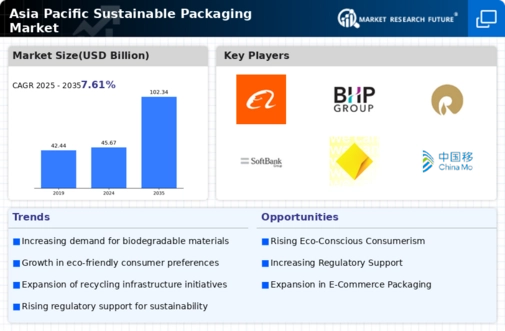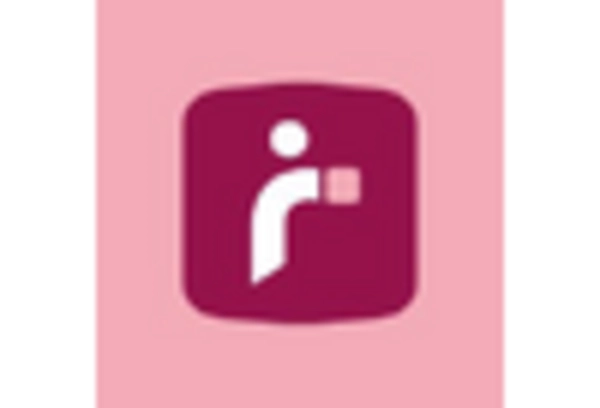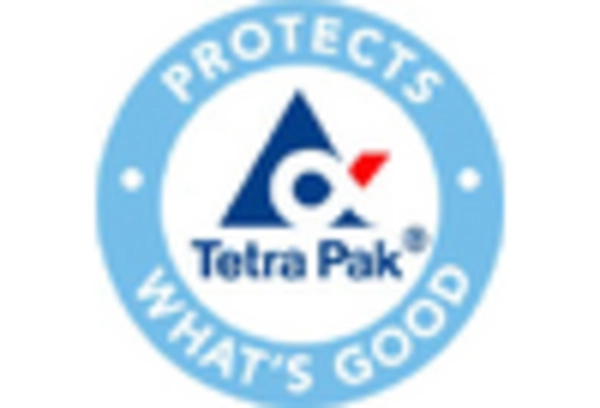China : Unmatched Growth and Innovation
China holds a commanding 65.0% market share in the sustainable packaging sector, valued at approximately $12 billion. Key growth drivers include increasing consumer awareness of environmental issues, stringent government regulations promoting eco-friendly materials, and rapid industrialization. The demand for sustainable packaging is surging, particularly in the food and beverage sector, driven by changing consumption patterns and a shift towards online shopping. Government initiatives, such as the Circular Economy Promotion Law, are fostering innovation in sustainable materials and recycling infrastructure.
India : Emerging Market with High Demand
India accounts for 30.0% of the APAC sustainable packaging market, valued at around $5.5 billion. The growth is fueled by rising disposable incomes, urbanization, and increasing environmental awareness among consumers. Government initiatives like the Plastic Waste Management Rules are pushing industries towards sustainable practices. The demand for biodegradable and recyclable packaging is on the rise, particularly in sectors like food and personal care, reflecting changing consumer preferences.
Japan : Technology-Driven Market Dynamics
Japan holds a 25.0% share of the sustainable packaging market, valued at approximately $4.5 billion. The market is driven by technological advancements and a strong focus on quality and sustainability. Regulatory frameworks, such as the Containers and Packaging Recycling Law, encourage the use of eco-friendly materials. The demand for sustainable packaging is particularly strong in the electronics and food sectors, where consumers prioritize quality and environmental impact.
South Korea : Government Support and Consumer Demand
South Korea represents 15.0% of the sustainable packaging market, valued at about $2.7 billion. Key growth drivers include government policies promoting green packaging and increasing consumer demand for sustainable products. The Korean government has implemented the Act on the Promotion of Saving and Recycling of Resources, which encourages businesses to adopt eco-friendly practices. The food and beverage sector is a significant contributor to market growth, with a rising trend towards recyclable materials.
Malaysia : Growing Awareness and Adoption
Malaysia captures 5.0% of the sustainable packaging market, valued at approximately $900 million. The growth is driven by increasing consumer awareness of environmental issues and government initiatives aimed at reducing plastic waste. The National Policy on Solid Waste Management encourages the adoption of sustainable practices across industries. Demand for biodegradable packaging is rising, particularly in the food and beverage sector, reflecting changing consumer preferences.
Thailand : Regulatory Support and Market Trends
Thailand holds a 4.0% share of the sustainable packaging market, valued at around $700 million. The market is driven by government initiatives aimed at reducing plastic waste and increasing consumer awareness of sustainability. The Plastic Waste Management Roadmap encourages businesses to adopt eco-friendly packaging solutions. Key sectors driving demand include food and beverage, where there is a growing preference for recyclable materials and sustainable practices.
Indonesia : Emerging Market with Opportunities
Indonesia accounts for 3.0% of the sustainable packaging market, valued at approximately $500 million. The growth is supported by increasing consumer awareness and government initiatives aimed at reducing plastic waste. The National Plastic Action Partnership promotes sustainable practices across industries. The food and beverage sector is a key driver of demand, with a rising trend towards biodegradable and recyclable packaging solutions.
Rest of APAC : Varied Market Dynamics Across Regions
The Rest of APAC holds an 11.15% share of the sustainable packaging market, valued at around $2 billion. This diverse region includes various countries with differing levels of market maturity and regulatory frameworks. Growth is driven by increasing consumer awareness and government initiatives promoting sustainability. Key sectors include food and beverage, personal care, and electronics, where demand for eco-friendly packaging is on the rise.


















Leave a Comment